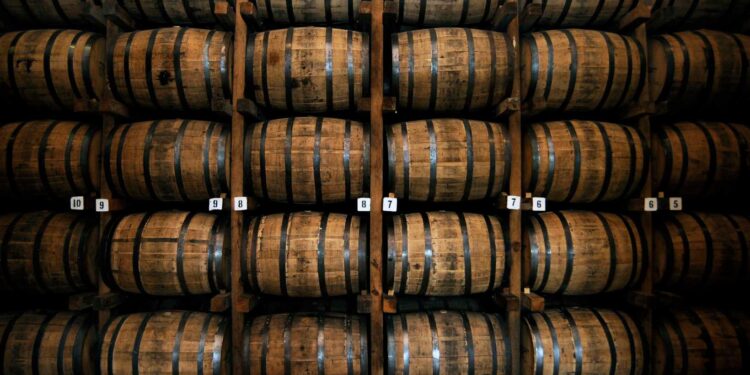Have you ever wondered what would happen if you were to do a barrel roll 100000000000000000000000000000000000000000000000000 times? It’s an intriguing thought that sparks curiosity and leaves one wondering about the potential outcomes of such a repetitive action. While it may seem like a never-ending loop, let’s explore the possibilities together.
Firstly, it’s important to note that performing a barrel roll requires precise control and coordination. It is a maneuver commonly associated with aviation, where an aircraft rotates about its longitudinal axis while maintaining forward momentum. However, attempting to do this motion 100 trillion times is beyond human capability. Even with advanced technology or computer simulations, the sheer magnitude of repetition raises questions regarding feasibility and practicality.
Furthermore, considering the immense number of repetitions involved in this scenario, one might ponder the effects on physical objects or individuals involved. Would there be any noticeable wear and tear on the object executing these rolls? Would there be any physiological changes for someone experiencing them repeatedly? These are just some of the intriguing questions that arise when contemplating such an extraordinary feat.
Do a Barrel Roll 1000000000000000000000000000000000000000000000000 Times
The History of the Barrel Roll
The barrel roll maneuver has a fascinating history that dates back to the early days of aviation. It is a skillful aerial maneuver where an aircraft performs a complete 360-degree roll while maintaining its forward momentum. The term “barrel roll” originates from the motion resembling a barrel rolling along its longitudinal axis.
The concept of the barrel roll can be traced back to World War I when pilots began experimenting with different aerial maneuvers to gain an advantage in combat. However, it wasn’t until the development of more advanced aircraft and aerodynamic understanding that the barrel roll became widely recognized as a distinct maneuver.
Famous Instances of the Barrel Roll
Over time, there have been numerous instances where the barrel roll has captivated audiences around the world. One notable example occurred during an airshow in 1955 when test pilot Tex Johnston astonished spectators by performing multiple consecutive barrel rolls in Boeing’s prototype jet airliner, the Boeing 707. This daring display showcased both Johnston’s exceptional piloting skills and highlighted the capabilities of this groundbreaking aircraft.
Another famous instance took place in popular culture when video game enthusiasts discovered an Easter egg hidden within Google’s search engine. By typing “do a barrel roll” into Google’s search bar, users witnessed their entire screen rotating by 360 degrees – a playful nod to this iconic maneuver.

Understanding The Mechanics of a Barrel Roll
Let’s dive into the fascinating world of barrel rolls and unravel their mechanics. A barrel roll is an aerobatic maneuver where an aircraft performs a complete 360-degree rotation along its longitudinal axis while maintaining a constant altitude. It’s a thrilling move that captivates both pilots and spectators alike.
To comprehend the mechanics behind this maneuver, we need to consider several key factors:
- Centripetal Force: During a barrel roll, centripetal force plays a crucial role in keeping the aircraft on its curved path. The wings generate lift, counteracting gravity, while also providing the necessary centripetal force to maintain the circular motion.
- Control Inputs: Pilots initiate and control the barrel roll by adjusting various flight controls such as the ailerons, elevators, and rudder. These inputs allow them to manipulate the aircraft’s attitude and maintain stability throughout the maneuver.
- Speed and Altitude: The speed at which an aircraft performs a barrel roll affects its trajectory and overall execution. Higher speeds can result in larger radius rolls with more G-forces experienced by both pilot and passengers. Additionally, altitude management is crucial to ensure there is sufficient space for completing the full rotation safely.
- G-Forces: As an aircraft undergoes a barrel roll, occupants are subjected to gravitational forces (G-forces). These forces can exert pressure on both pilot and passengers, potentially causing discomfort or even blackouts if not managed properly.
- Aircraft Limitations: Every aircraft has its own limitations regarding maximum airspeeds, load factors, and structural integrity during aerobatic maneuvers like barrel rolls. Pilots must adhere to these limitations to ensure safety while pushing boundaries within acceptable parameters.
In conclusion: Barrel rolls are exhilarating aerial maneuvers that require skillful control inputs from pilots as they navigate through forces of physics. Understanding how centripetal force, control inputs, speed, altitude, G-forces, and aircraft limitations all come together provides a deeper appreciation for the complexity of executing a barrel roll. So next time you witness an aircraft perform this daring maneuver, you’ll have a better understanding of the mechanics behind it.














